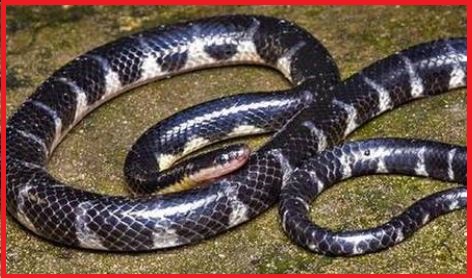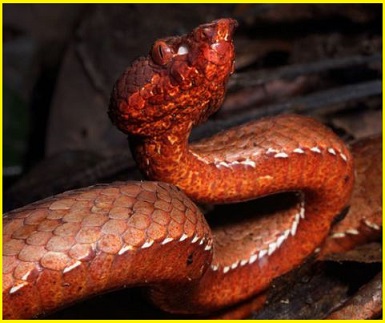Updated By: LatestGKGS Desk
Macronutrients, Micronutrients, beneficial nutrients & Essential elements for plants

Required nutrients for the plants and their functionality
Macronutrients : Those elements which are generally present in plant tissues in large amounts (in excess of 10 mmole Kg-1 of dry matter) and are involved in the synthesis of organic molecules and development of osmotic potential are called macronutrients or macroelement, e.g. carbon, hydrogen, oxygen, nitrogen, sulphur, potassium, calcium and magnesium etc.
Micronutrients: Those elements which are required by plants in’very small amounts (less than 10 mmole Kg-1 of dry matter) are called micronutrients, e.g. iron, zinc, manganese, boron, copper, molybdenum, chlorine, and nickel. These elements are mostly involved in the functioning of enzymes as cofactor or metal activators.
Beneficial nutrients: Those elements which are required by higher plants along with the macro and micronutrients are called beneficial nutrients, e.g. cobalt, silicon, sodium, and selenium.
Essential elements : Any element required by living organisms to ensure normal growth, development, maintenance, metabolism and causes deficiency symptoms if not supplied to the plant from the external medium is called an essential element, e.g. C, H, O, N, P, K, S, Mg, Ca, Mn, Cu, Mo, Zn, B, Cl, etc. Potassium plays an important role in the opening and closing of stomata, protein synthesis etc. Magnesium is found in chlorophyll and phosphorus in ATP. Mg2+ is an activator for both ribulose bisphosphate carboxylase-oxygenase and phosphoenolpyruvate carboxylase.Zn2+ is an activator of alcohol dehydrogenase and Mo of nitrogenase during nitrogen metabolism.


